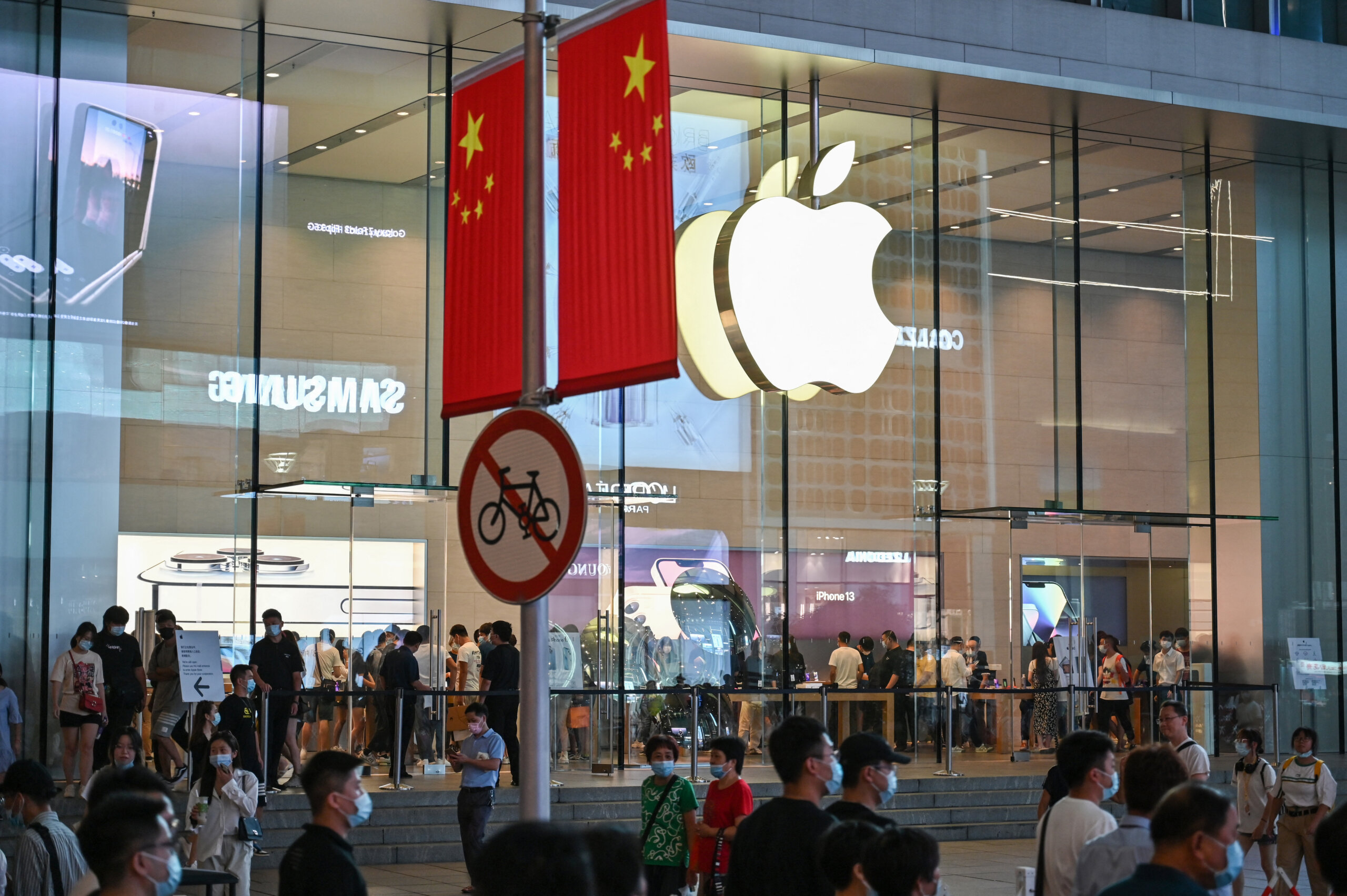- The market share of Apple in China sees decline, dropping from 19% to 15% in 2024.
- Vivo and Huawei capture the top spots with 17% and 16% market share, respectively.
Once the dominant force in the premium smartphone segment in China, Apple has faced unprecedented challenges in 2024 as its market position eroded significantly amid rising competition from domestic manufacturers.
According to Canalys’s latest market analysis, Apple’s smartphone shipments in China fell 17% year-over-year (YoY), dropping from 51.8 million units in 2023 to 42.9 million in 2024. The decline was particularly pronounced in the fourth quarter of 2024, where Apple’s shipments plummeted 25% compared to the same period last year, despite this traditionally being Apple’s peak season following new iPhone launches.
While Apple maintained its leading position in Q4 with 13.1 million units shipped, its market share contracted significantly from 24% to 17%. Local manufacturers have emerged as the primary beneficiaries of Apple’s retreat.

Vivo led the market for the year with a 17% share, shipping 49.3 million units. Huawei demonstrated remarkable resilience, securing second place with a 16% share and 46 million units shipped, achieving 37% YoY growth.
Several factors have contributed to the shift in market dynamics:
- Domestic innovation: Chinese manufacturers have made strides in technological advancement, particularly in artificial intelligence integration, operating system development (including Huawei’s HarmonyOS NEXT and Xiaomi’s HyperOS), and foldable device technology.
- Competitive pricing: Companies like Vivo, OPPO, and HONOR have targeted the mass market with affordable devices featuring premium designs and robust durability. The strategy has proven particularly effective in capturing price-sensitive consumers.
- Government support: The implementation of nationwide smartphone subsidy policies provided additional momentum for domestic brands. Notably, Apple’s premium-priced iPhones were reportedly ineligible under the new subsidy scheme. The policy has widened the competitive gap between domestic and international brands.
- Patriotic consumer sentiment: According to a South China Morning Post’s report, US-China tensions have contributed to increased patriotic support for domestic brands, notably Huawei, which has seen rapid growth since it introduced new home-grown chips in 2023.
Market recovery

The overall Chinese smartphone market showed signs of recovery in 2024, growing by 4% to reach 285 million units shipped, marking a positive turn after two years of decline. The fourth quarter was robust, with a 5% YoY growth and total shipments reaching 77.4 million units. The high-end peak season, government subsidies, and year-end promotions drove this growth.
Xiaomi has emerged as another significant player, ranking fourth in Q4 2024 with 12.2 million units shipped and achieving the highest annual growth among top vendors at 29%. The company’s success can be attributed to its strategic focus on premium devices and the synergies created through its ecosystem offerings, including home appliances and EV products.
Apple in China: Response and strategic adjustments
In response to these challenges, Apple has initiated various strategies to attempt to maintain its market position:
- Enhanced retail experience: The company has improved its channel management and customer service to strengthen brand loyalty.
- Financial flexibility: Expanded trade-in programs and increased coverage of interest-free instalment plans have been implemented to make products more accessible.
- Pricing strategy: Apple has begun offering rare (in the rest of the world) discounts to Chinese consumers, including new price cuts on iPhones and other products in early 2025.
Future outlook and industry implications
The Chinese smartphone market shows promising growth potential, with Canalys forecasting shipments to exceed 290 million units in 2025. Several factors support this optimistic outlook:
- Anticipated steady demand recovery,
- Stable and improving macroeconomic environment,
- Healthy channel operations,
- Continued technological innovation in areas like battery life, design, and AI integration.
The shifting dynamics in China’s smartphone market highlight the growing capabilities of domestic manufacturers and underscore the challenges global brands face in maintaining market share in one of the world’s largest consumer markets. For Apple, regaining its former position will require technological innovation and a deeper understanding of evolving Chinese consumer preferences and market conditions.
As competition intensifies and local brands continue to innovate, the battle for market share in China’s smartphone industry will likely become more challenging. The success of domestic manufacturers is a testament to China’s growing technological capabilities and the increasing sophistication of its consumer electronics industry.








